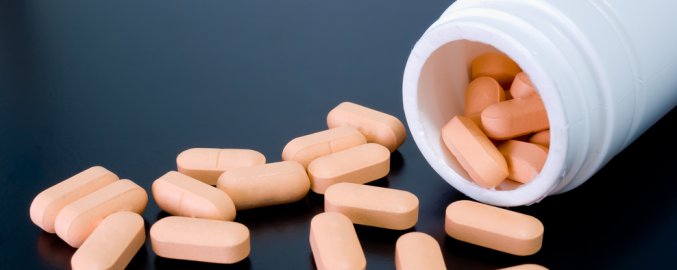Kosttilskuddene alle bør ta, men som er glemt
Kosthold10.08.2021313
Disse kosttilskuddene er glemt for mange, men som alle bør ta.
5 digge middager med cottage cheese
Kosthold09.08.2021270
Cottage cheese er blitt en svært populær matvare!
4 øvelser som vil styrke skuldrene fra skader
Trening08.08.202146
Det er en risiko forbundet med treningen og løftene man utfører
5 forskjellige proteinrike oppskrifter på middagskaker
Kosthold29.06.202144
Det finnes så mange gode varianter av middagskaker enn bare karbonadekaker.
5 fordeler med stående leggpress
Trening28.06.202153
Det er mange fordeler med å trene leggene dine. Se her!
















